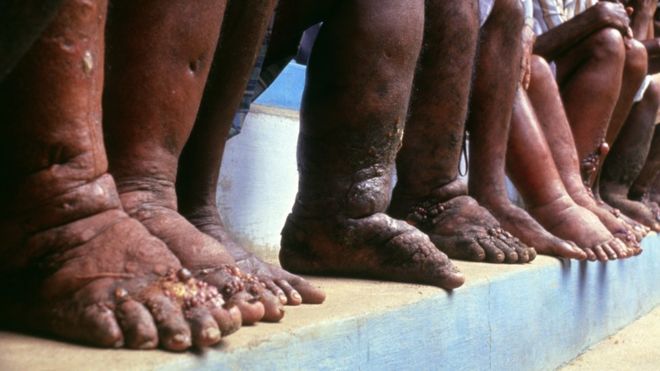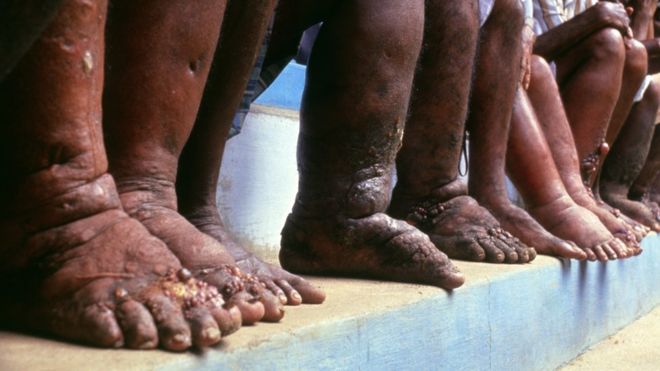- Monitor client’s vital signs, particularly the temperature.
- Assess skin color and integrity. Note for wounds, bleeding or any skin changes.
- Assess for any discomfort and pain.
- Provide wound care.
- Elevate affected body area to reduce swelling.
- Administer medications if ordered and discuss them to the client.
- Assess for reactions to the drug therapy.
- Provide support to perform basic activities.
- Encourage range of motion and simple exercises of the affected extremities to stimulate lymphatic flow.
- Recognize client’s self-esteem needs.
- Monitor for any alteration in respiratory function since tropical pulmonary eosinophilia is a rare but potentially serious complication of lymphatic filariasis.
- Provide health teaching and information for continuity of care.
- Teach patient of prevention methods:
- Checking themselves to the health of the possibility of clinical symptoms of disease.
- Trying to avoid mosquito bites by:
> Using sleep-wear mosquito nets
> Covering the holes / ventilation houses with fine mesh wire
> Not letting the mosquitoes to nest in or around the home
> Killing mosquitoes with mosquito sprays
- Washing water or sewer plants to eliminate mosquito breeding places
- Emphasize on regular periodic follow-up screening, with repeated treatment as and when indicated since there is no reliable diagnostic test to positively establish that the adult worm has been killed
Sources:
- https://nanda-nursing-care-plan.blogspot.com/2012/08/filariasis-treatment-and-prevention.html
- https://rnspeak.com/community-health-nursing/filariasis-nursing-management/
- https://www.nursingtimes.net/lymphatic-filariasis/200729.article











